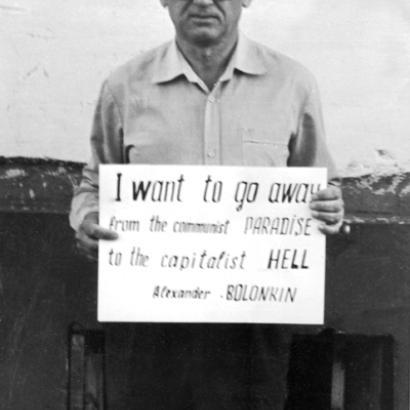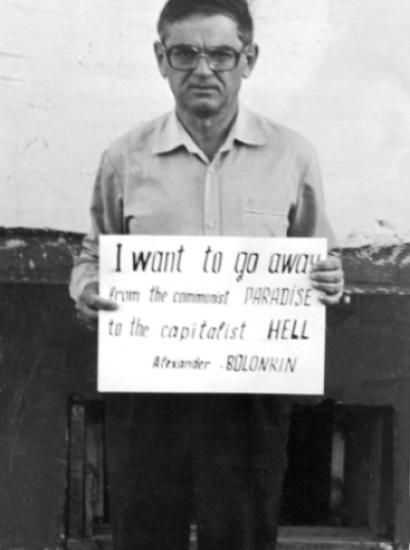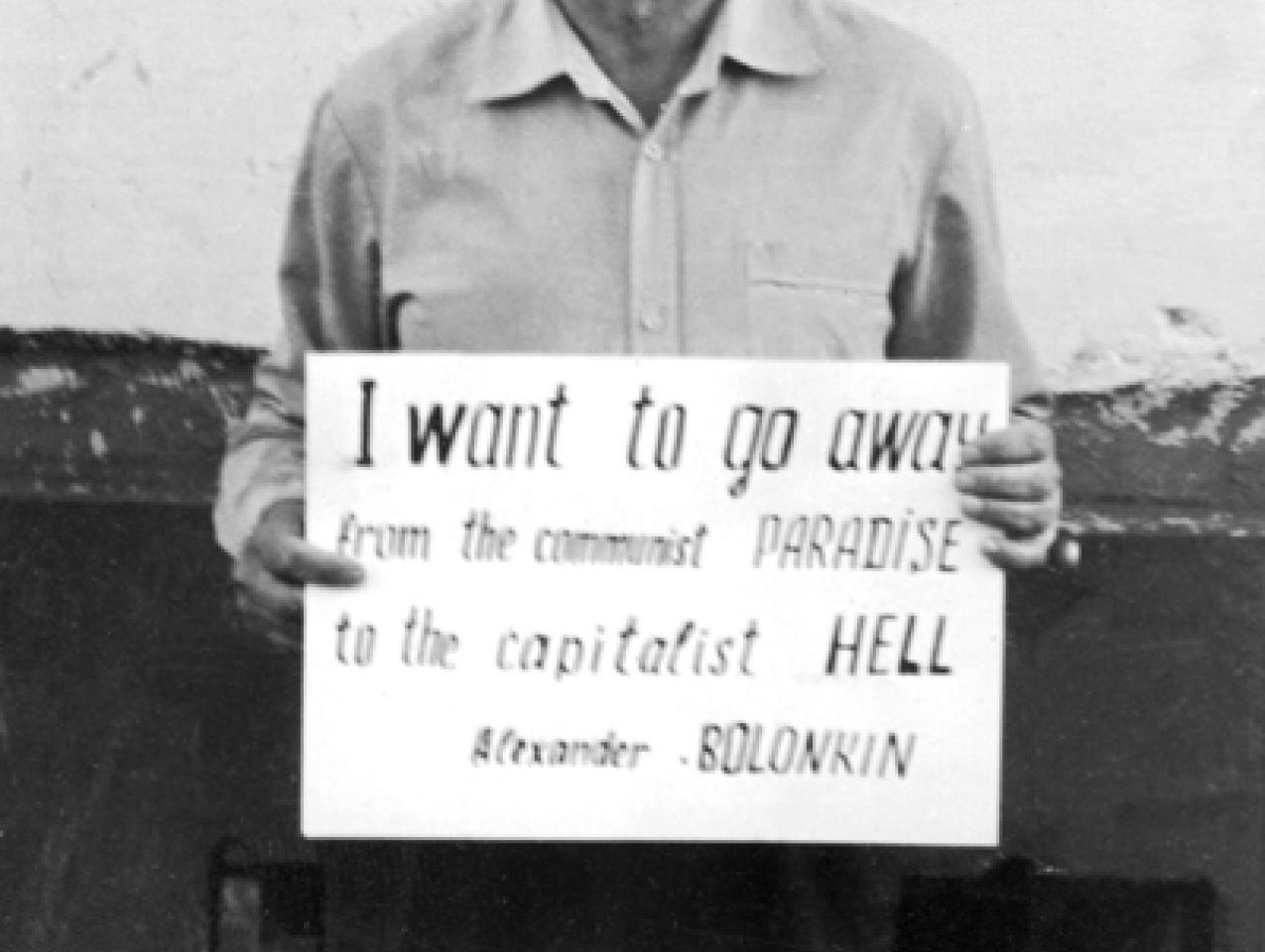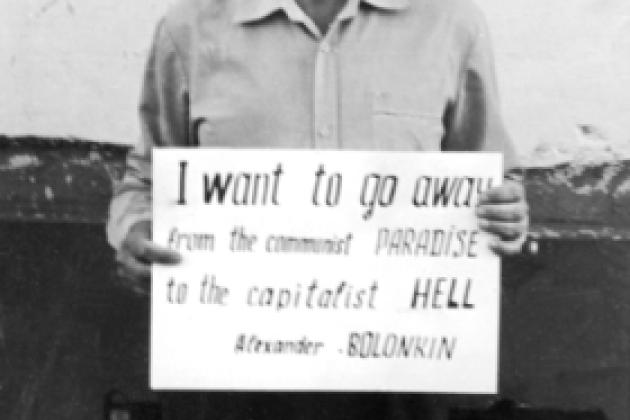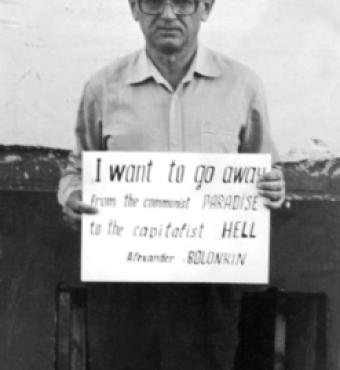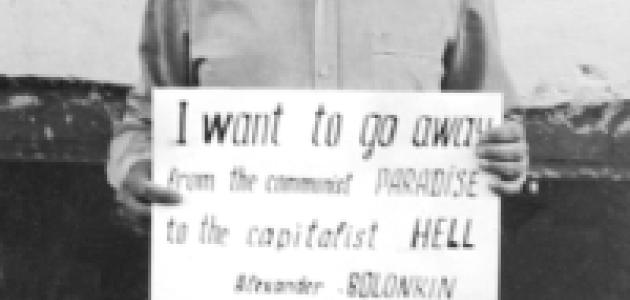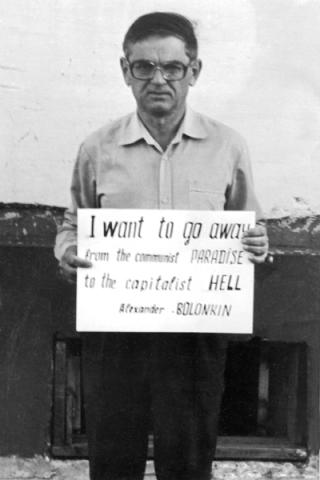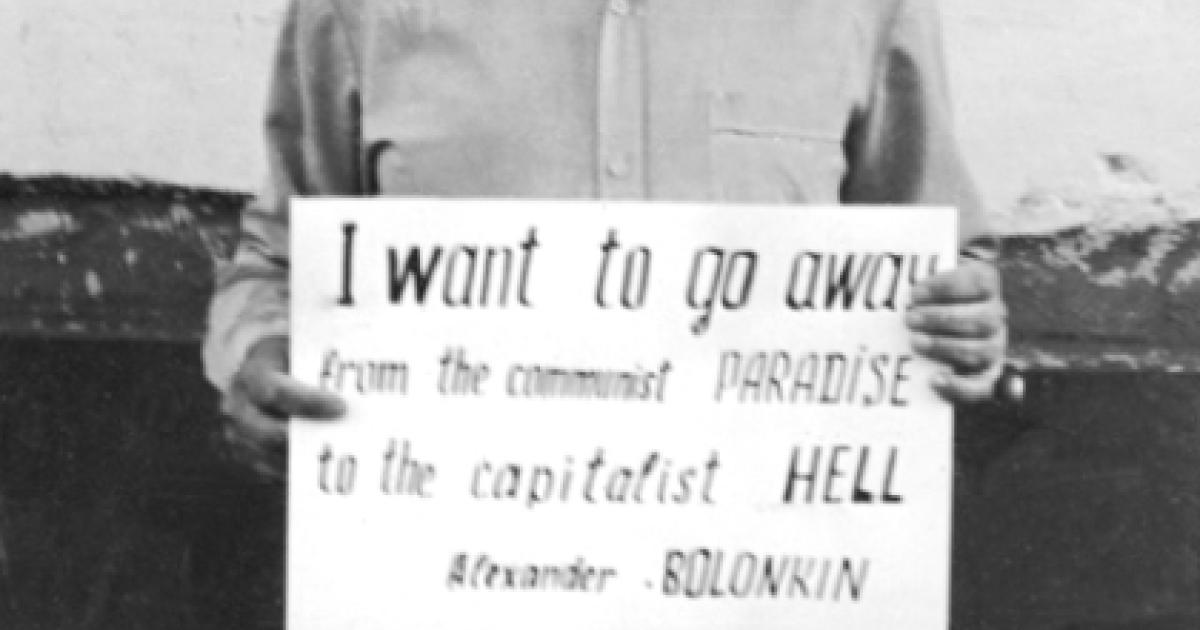On the afternoon of August 25, 1968, seven people arrived at Moscow’s Red Square, indistinguishable from the scores of other Muscovites enjoying the summer weather and tourists taking in the sights of the Soviet capital. After sitting for a few moments on the stone platform known as Lobnoye Mesto, or Place of the Skull, they suddenly pulled out banners protesting the recent invasion of Czechoslovakia by Warsaw Pact troops, an action meant to crush the wave of democratic reforms known as the Prague Spring. As the seven unfurled their banners, passersby were able to read the slogans: “Hands off Czechoslovakia,” “Shame on the Occupiers,” “Freedom for Dubček,” and “For Your Freedom and Ours.” Within minutes, plainclothes KGB officers arrived at the scene and began violently beating the protesters, knocking out teeth and tearing the banners from their hands. The protesters, including the poet Natalia Gorbanevskaia, carrying her infant son; the mathematician Pavel Litvinov, grandson of a former Soviet foreign minister, Maxim Litvinov; and art critic Viktor Feinberg, were arrested and hustled off to jail, where most of them awaited a trial and sentencing of up to three years in forced labor camps.
To many, their action might have seemed an exercise in futility, and a dangerous one at that. Why would individuals risk their jobs, reputations, freedom, and perhaps their lives to stage a fleeting protest that would be seen by only a handful of people? Who knowingly took such risks? Did such protests, and other acts of resistance practiced against the Soviet regime, have an impact on the country and its people over the long run? And were the Western organizations that sought to help such protesters a help or a hindrance to their cause?
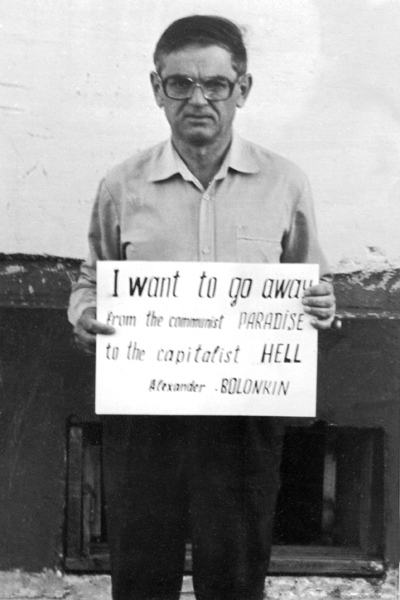
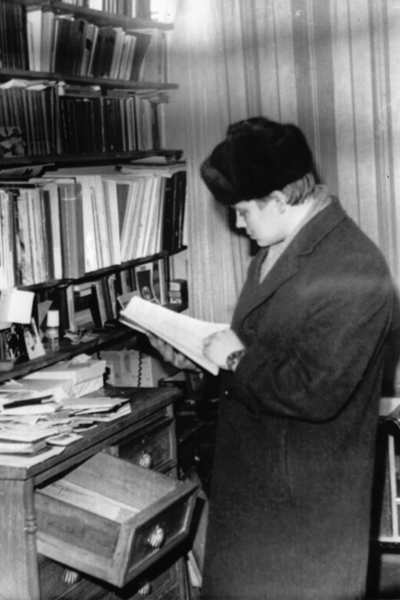
The Hoover Institution is hosting an exhibit that seeks to tell the story of such dissidents and to answer some of those questions. To Choose Freedom: Soviet Dissidents and Their Supporters uses materials from the holdings of the Hoover Library and Archives to portray the lives and activities of the diverse group of people who were branded “dissidents” or “nonconformists” in the last decades of the Soviet Union. The exhibit also highlights the role played by supporters of these dissidents in the West: human rights activists, journalists, and both governmental and nongovernmental organizations in the United States, Western Europe, and elsewhere.
This exhibit, as well as an academic symposium on the topic that was held at Hoover in April, was inspired by Yuri Yarim-Agaev, a former dissident who placed his own collection of papers in the Hoover Archives in 2007. Yarim-Agaev, who has the unusual distinction of having been both a dissident in the Soviet Union and, after his exile in 1980, an advocate for the dissidents in the West, believes that Western organizations offered much moral encouragement and practical aid to dissidents and thus set a worthy example for those wishing to foster democratic reform in repressive regimes today.
Why would individuals risk their jobs, reputations, freedom, and perhaps even their lives to stage a fleeting protest that would be seen by only a handful of people?
To better understand the nature of the dissident movement, one can begin by looking at its development, beginning in the early 1960s, and at the activities and methods used by the movement and its supporters abroad.
Some of the dissidents’ tactics and characteristics had their roots in the previous century of Russian history, but it was the period of de-Stalinization known as “the thaw,” which took place under the leadership of Soviet Communist Party Chairman Nikita Khrushchev in 1956–62, that gave birth to this movement and shaped it. Turning his back on the years of Stalinist terror, Khrushchev permitted a modest degree of freedom of expression for artists, writers, and intellectuals. Not accustomed to such freedom, many sought to take full advantage of it. Poets not officially sanctioned by the Communist Party began to read their works in open-air gatherings at Moscow’s Mayakovsky Square, and novelists who wanted to push beyond the stodgy conventions of socialist realism to portray the reality of everyday Soviet life began to see their works published in mainstream literary journals. In one such journal, Novyi Mir, Aleksandr Solzhenitsyn’s searing account of life in a Stalinist prison camp, One Day in the Life of Ivan Denisovich, was first published in 1962.
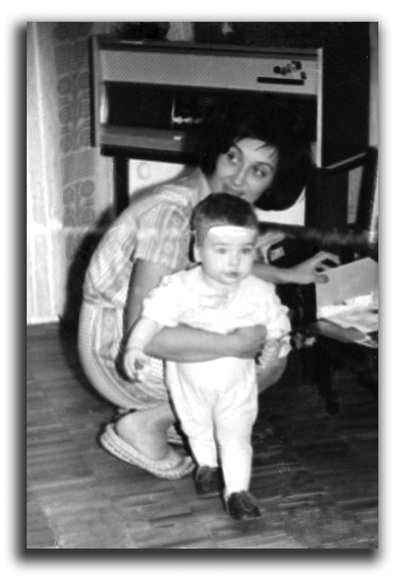
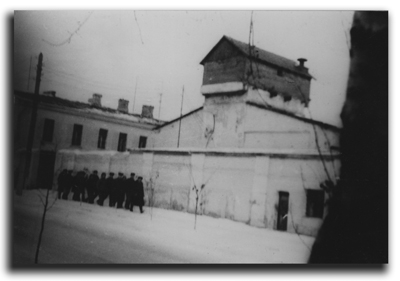
Yet such openness was bound not to last. Many Communist Party leaders resisted it, feeling that it was undermining the primacy of the party in Soviet life, and even Khrushchev was ambivalent about how far such freedoms should go. A new chill crept in as poets and artists who resisted or questioned the party line began to be harassed, arrested, and imprisoned. After Khrushchev was overthrown in 1964 and the hard-liner Leonid Brezhnev came to power, the thaw was effectively over. In that year, the poet Joseph Brodsky was prosecuted in the first of the big show trials of the 1960s directed against writers and other intellectuals openly critical of the Soviet regime. Two years later, the well-known writers Andrei Siniavskii and Yuli Daniel were tried for the unauthorized publication of their works in the West. All three were sentenced to either several years of imprisonment in labor camps or to internal exile. But their trials failed to suppress the critics of the Soviet Union, and in fact were a pivotal point in the fledgling dissident movement. Spectators at these trials covertly took notes that were smuggled out of the USSR and published, providing a lasting account not only of the mendacity and cynicism of the government that prosecuted the intellectuals but of the defiance with which they confronted the charges against them.
After a brief “thaw” allowed a modest freedom of expression, the chill returned. Poets and artists who resisted or questioned the party line in the 1960s began to be harassed, arrested, and imprisoned.
Many of the best-known dissidents in the early years were artists and intellectuals, whose struggles stemmed primarily from a desire for freedom of artistic expression. But their trials engendered further waves of protest that focused on more basic abuses of human rights and that drew other types of activists to this cause. Aleksandr Ginzburg, a young journalist who had been arrested in 1960 for publishing the underground literary journal Sintaksis, had been released from prison a few years before the show trials began; he compiled a transcript of the Siniavskii-Daniel trial, dubbing it The White Book, which was distributed informally among the network of dissidents before it was published abroad. This led to Ginzburg’s second arrest, trial, and prison sentence, which in turn led to another wave of protest, as Pavel Litvinov collected and distributed documentation of this trial and published it in the West. The chain of arrests continued: Litvinov, too, was detained after his participation in the August 1968 demonstration at Red Square against the invasion of Czechoslovakia.
By the 1970s, some of the most prominent dissidents included scientists, such as the physicist and later Nobel Peace Prize laureate Andrei Sakharov; fellow physicists Yuri Orlov and Anatoly Shcharansky (now known as Natan Sharansky); nationalists and members of ethnic minorities, such as Ukrainians, Tatars, and peoples of the Baltic states demanding autonomy, if not outright independence; and religious groups, including Baptists, Orthodox Old Believers, and the so-called refuseniks, Jewish dissidents who wished to leave the Soviet Union to emigrate to Israel or other Western countries.
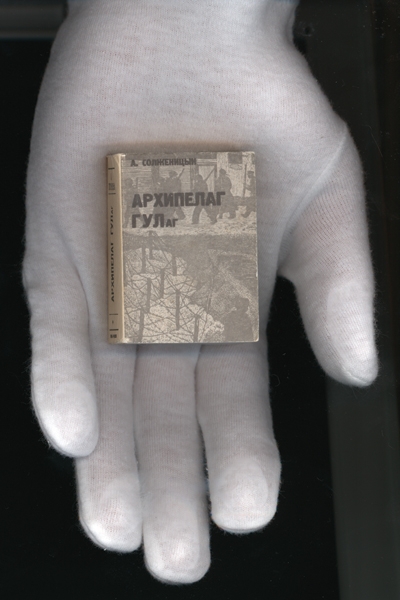
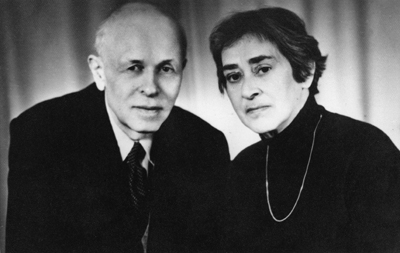
The dissidents’ main focus was gathering and disseminating information that pointed out the contradictions in the Soviet system of justice and illuminated the human rights abuses committed in its name. The best known means of spreading this information were the samizdat—self-published books, articles, and treatises. Lacking photocopying equipment, dissidents would type up poetry, articles, manifestos, and other articles, interleaving up to ten sheets of paper with carbon paper, and then distribute the copies to trusted friends and allies. If the articles ended up in the hands of the police or an informer, the person distributing them would be arrested, tried, and subjected to a sentence of five to seven years or longer for “anti-Soviet agitation and propaganda.” Many times, samizdat publications also wound up in the hands of Western journalists, who could then arrange their publication and distribution abroad. Material also was produced by exiles and sympathetic groups outside the Soviet Union; these works, known as tamizdat, or “published there,” were smuggled back into the homeland and distributed there. Such items included Solzhenitsyn’s Gulag Archipelago and Boris Pasternak’s Doctor Zhivago, along with broadcasts from such organizations as the U.S.-operated Radio Liberty or the British Broadcasting Corporation’s Russian Service, in which excerpts from the works were read.
Activists seeking human rights and democratic reform continue to face harassment, arrest, torture, and imprisonment today in countries as varied as China, Iran, Belarus, and Zimbabwe—not to mention the Russia of Vladimir Putin.
Collecting and publishing documents was not the sole aim of Soviet dissidents. Many individuals and groups took it upon themselves to monitor the conditions of imprisoned or exiled dissidents, recording details of life in the prison camps, psychiatric hospitals—which were primarily used as a means of silencing dissenters by claiming that they were mentally ill— and far-flung locations of exile. The Moscow Helsinki Group, founded by Yuri Orlov in 1976, was created in the wake of the Helsinki Conference, at which the Soviet Union signed accords promising to respect and uphold human rights in the signatory countries. The Moscow Helsinki Group tried to document the many discrepancies between the Soviet Union’s official stance and its actual treatment of human rights activists. A number of the group’s members—including Orlov—were eventually arrested and given long prison terms for those activities. Yuri Yarim-Agaev was a member of this group, and on its behalf he traveled to Siberia in 1979, meeting with several exiles and providing detailed reports on their living conditions and treatment.
Organizations outside the Soviet Union also played an important role in supporting the dissidents. Whether through raising awareness among the public of the plight of prisoners of conscience held captive in prisons and psychiatric hospitals, seeking to influence American and Western European political leaders and policy makers—persuading them to pressure the Soviet government on behalf of specific political prisoners—or finding tangible ways of supporting the families of imprisoned dissidents through food and financial aid, a number of organizations and individuals campaigned tirelessly on behalf of Soviet dissidents. The Hoover Archives houses the records of two such organizations—the Berkeley-based Scientists for Sakharov-Orlov-Shcharansky, formed to advocate on behalf of the three imprisoned scientists in the late 1970s and early 1980s, and Yarim-Agaev’s own Center for Democracy in the USSR, founded in New York five years after his arrival in the United States and operated with the support of other exiled dissidents, such as Ginzburg and Vladimir Bukovskii.
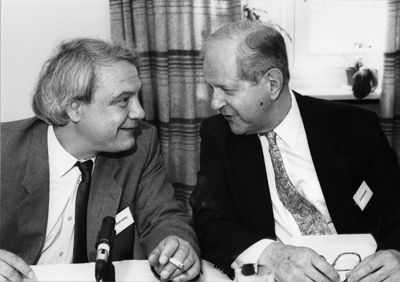
In placing his organization’s papers at the Hoover Archives in 2007, Yarim-Agaev made clear his desire that these documents not simply be consulted by historians and students interested in studying the last days of the Soviet empire but that they serve as a lens through which present political conflicts around the world can be examined. Activists seeking human rights and democratic reform continue to face harassment, arrest, torture, and imprisonment today in countries as varied as China, Iran, Belarus, and Zimbabwe—not to mention the Russia of Vladimir Putin. Yarim-Agaev hopes that his records, and the papers of other former Soviet dissidents such as Ginzburg and Siniavskii, convey lessons from past struggles that will guide policy makers and activists today.








